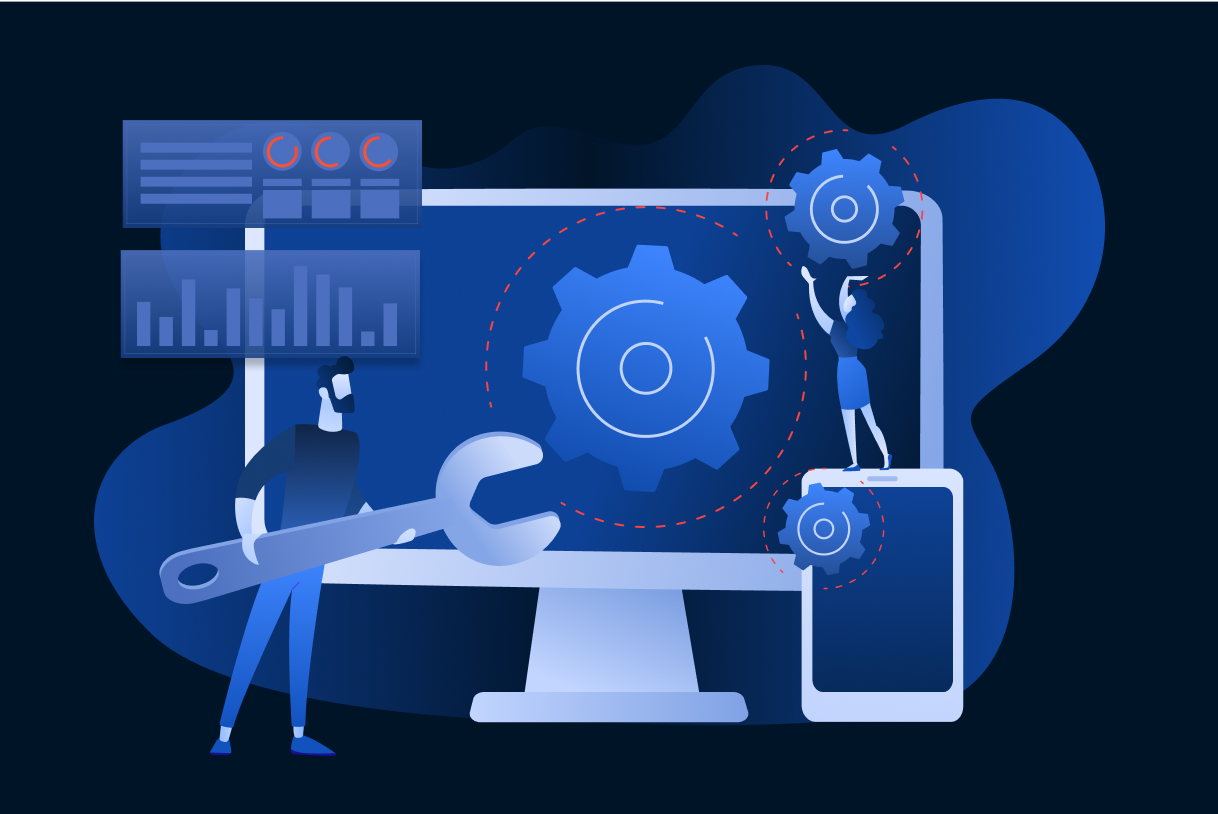Organisations today rely heavily on data to make informed decisions that will yield high-value results. Therefore, unplanned line downtime, material waste, overproduction, quality-related losses, and poor use of assets are just some of the obvious reasons why organisations lose substantial amounts of money every year. There is, however, a more subtle form of waste that causes as much financial damage if not more: inconsistent and/or inaccurate data. In our fervent pursuit to be more on-demand and datacentric, we have embraced cloud computing, artificial intelligence, and enhanced analytics to make the most of every shred of customer data, but in doing so, we have let data quality control take a backseat.
Inconsistent or inaccurate data results in flawed insights and poor decision making. It impacts on productivity and growth and ultimately customer relationships. KPMG’s 2019 Global CEO Outlook report further underscores this point by stating that there is a “need [for CEOs] to balance data-driven insight into customer needs and requirements with their own expertise and intuition”. In this regard, the report found that 71% of CEOs disregard data-driven insights because it is perceived as inconsistent to the extent that the data was contrary to their own experience.
To eliminate waste resulting from inconsistent or inaccurate data, organisations need access to dependable and reliable data that can facilitate continuous improvement. Just how much is inconsistent or inaccurate data really costing us? And what can you do to address the issue before it spreads? Let’s take a look at three possible explanations for inconsistent and inaccurate data:
- It is a company problem, not an IT problem
- The technology used to manage and organise IOT data is part of the problem
- Human interpretation is a further obstacle to efficient data management as human error can lead to errors in the analysis which in turn result in financial losses
- The IOT solution should have an immediate impact that results in a noticeable improvement to the organisation’s current state of data.
- It should be able to leverage both real-time and historical data including customers, employees, processes, and products.
- It’s foundation should be solid enough so that new technologies such as predictive analytics and demand forecasting can be easily utilised.
- Scalability and adaptability should be based on volume, speed and variety yet be able to keep data valid and reliable.





